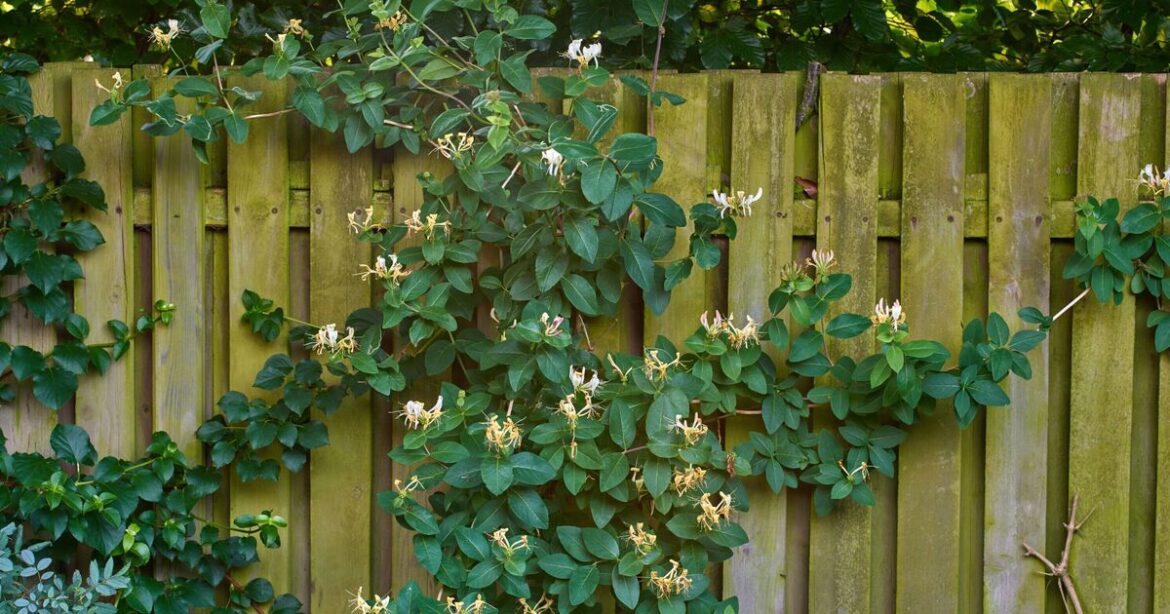If you’ve got a fence in your back garden and want to jazz it up a bit, you really can’t go wrong with a climbing plant or two. These add a country cottage feel to any garden, and they’re a great way to take advantage of the strong natural structure of a fence or wall.
Although it may seem complicated, climbing plants are actually pretty easy to grow. And they’re quick too, according to the experts at Southern Living. They’ve named some of the best – and fastest – climbing plants to add to your garden that’ll cover your fence in a matter of weeks.
Leatherflower
This plant, with its distinctive bell-shaped flowers, is great for introducing to your garden fence or wall. It can grow up to four metres high, with beautiful purple blooms that turn cream at their tips.
They flower from late spring to late summer, and they like a well-draining, moist soil. It should be positioned in the sun, with the roots and base of the plant kept cool and shaded by other plants.
Climbing roses
If you love a variety of roses in your garden, why not introduce a few climbing types? There are so many to choose from depending on your style of garden, each with their own unique natural beauty.
According to the experts, they don’t climb in the traditional sense but produce very long canes or stems that are often trained to a fence or other structure. All you need to do is secure any new growth to the fence with ties.
Star jasmine
This gorgeous glossy evergreen plant, which produces distinctive white spiky flowers, can instantly transform any boring garden fence or wall. They really thrive in mid to late summer, so it’s worth getting them planted now if you want to enjoy those stunning flowers when the time comes.
Then in the winter, they turn a deep bronze-red – the perfect colour for the season.
Passionflower
Finally, this striking climbing plant is a great way to add a tropical vibe to your outdoor space. They bloom over a long period from early summer until the autumn, and will thrive best in a sunny but sheltered spot in the garden.
Watering them once a week in summer should be enough, but don’t do it so often in winter to prevent root rot.

